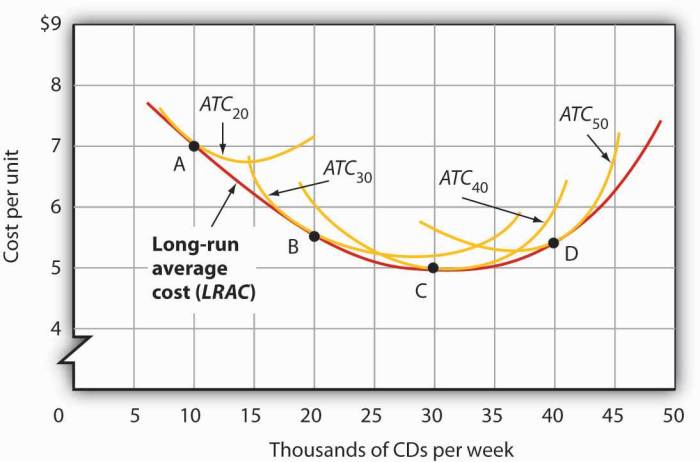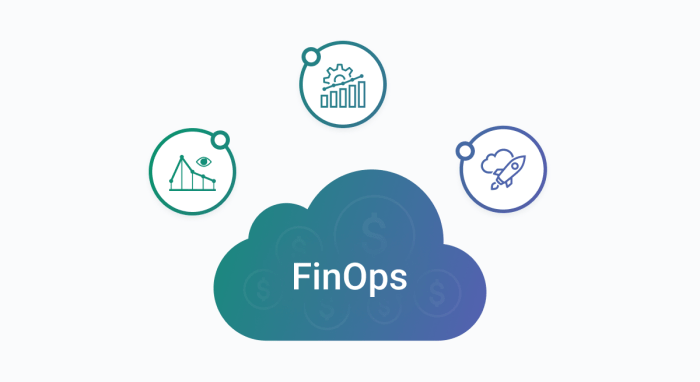
Enterprise-Grade FinOps Platforms: An Overview and Key Features
This article delves into the world of Enterprise-Grade FinOps Platforms, exploring their core features, benefits, and the critical role they play in o...
159 posts in this category

This article delves into the world of Enterprise-Grade FinOps Platforms, exploring their core features, benefits, and the critical role they play in o...

This comprehensive guide provides a roadmap for assessing and elevating your organization's FinOps maturity, offering a deep dive into the core princi...

This article provides a crucial roadmap for organizations seeking to establish a FinOps culture and optimize cloud spending. It outlines the key steps...

Cloud computing financial strategies are largely defined by the distinction between Capital Expenditure (CAPEX) and Operational Expenditure (OPEX) mod...

Navigating the cloud's vast storage landscape can be daunting, but understanding its associated costs is crucial for effective budget management. This...

This comprehensive guide delves into the critical principles of Cloud Financial Management (CFM), exploring how to optimize cloud spending and achieve...

Understanding "workloads" is crucial for effective FinOps practices. This article delves into the definition of a workload within the FinOps framework...

Effectively managing cloud spending requires aligning costs with tangible business value. This comprehensive guide provides a step-by-step approach to...

Managing cloud costs effectively is crucial for optimizing cloud investments. This guide, "How to Create a FinOps Playbook for Your Organization," pro...

This article provides a comprehensive guide to building a FinOps dashboard specifically tailored for executives, enabling data-driven cloud spending d...

Understanding your cloud spending starts with the crucial Inform phase of the FinOps lifecycle. This stage is where you gather, analyze, and transform...

This article provides a comprehensive overview of Cloud Financial Plans, outlining their core components and distinguishing them from traditional IT b...